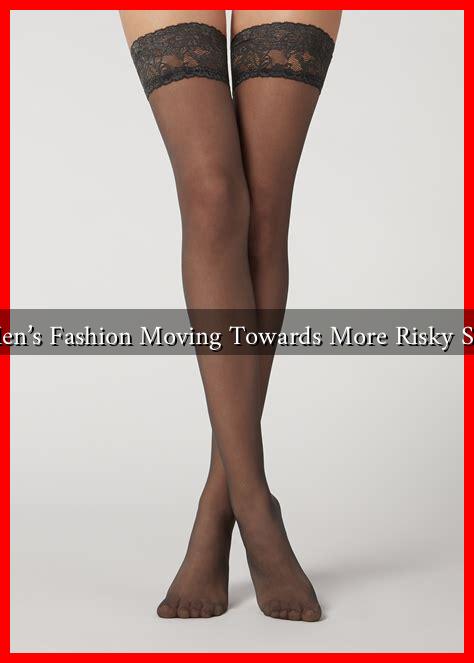-
Table of Contents
Is Men’s Fashion Moving Towards More Risky Styles?
In recent years, the landscape of men’s fashion has undergone a significant transformation. Gone are the days when men’s clothing was predominantly characterized by conservative cuts and muted colors. Today, a growing number of designers and brands are pushing the boundaries of traditional menswear, leading to a surge in more daring and experimental styles. This article explores the evolution of men’s fashion, the factors driving this shift, and what it means for the future of male style.
The Evolution of Men’s Fashion
Historically, men’s fashion has been relatively restrained compared to women’s. However, the past decade has seen a notable shift. The rise of streetwear, the influence of social media, and changing societal norms have all contributed to a more adventurous approach to men’s clothing. Key trends include:
- Streetwear Influence: Brands like Off-White and Supreme have popularized oversized silhouettes, bold graphics, and unconventional materials.
- Gender Fluidity: The lines between traditional gendered clothing are blurring, with many designers creating unisex collections that challenge conventional norms.
- Color and Pattern: Bright colors, intricate patterns, and unexpected combinations are becoming more common in men’s wardrobes.
Factors Driving Risky Styles
Several factors are contributing to the rise of riskier styles in men’s fashion:
- Social Media: Platforms like Instagram and TikTok have democratized fashion, allowing influencers and everyday individuals to showcase bold styles, which encourages others to experiment.
- Celebrity Influence: Celebrities such as Harry Styles and Lil Nas X are known for their daring fashion choices, inspiring fans to embrace more adventurous looks.
- Changing Attitudes: As societal norms evolve, men are increasingly embracing self-expression through fashion, moving away from traditional masculinity.
Case Studies: Brands Leading the Charge
Several brands are at the forefront of this movement, redefining what it means to dress as a man in the modern world:
- Gucci: Under the creative direction of Alessandro Michele, Gucci has embraced flamboyant designs, featuring bold prints, vibrant colors, and gender-fluid collections.
- Balenciaga: Known for its avant-garde approach, Balenciaga has introduced oversized silhouettes and unconventional materials, challenging traditional menswear aesthetics.
- Rick Owens: Often referred to as the “Lord of Darkness,” Owens is known for his edgy designs that incorporate elements of punk and goth, appealing to those who wish to stand out.
Statistics and Trends
The shift towards riskier styles is not just anecdotal; it is supported by data. According to a report by Statista, the global menswear market is projected to reach $640 billion by 2025, with a significant portion attributed to the rise of streetwear and luxury casual wear. Additionally, a survey conducted by Menswear Style found that 67% of men aged 18-34 are more willing to experiment with their fashion choices compared to previous generations.
The Future of Men’s Fashion
As we look ahead, it is clear that the trend towards riskier styles in men’s fashion is likely to continue. The increasing acceptance of diverse expressions of masculinity, coupled with the influence of social media and celebrity culture, will further encourage men to explore bold fashion choices. However, this shift also raises questions about the sustainability of such trends and the potential for backlash against overly extravagant styles.
Conclusion
In conclusion, men’s fashion is undoubtedly moving towards more risky styles, driven by a combination of cultural shifts, social media influence, and the desire for self-expression. As brands continue to innovate and challenge traditional norms, men are finding new ways to express their individuality through fashion. This evolution not only reflects changing societal attitudes but also opens up exciting possibilities for the future of menswear. Whether this trend will lead to a lasting change in the fashion landscape remains to be seen, but one thing is clear: the days of conservative menswear are fading, making way for a more vibrant and daring approach to male style.

